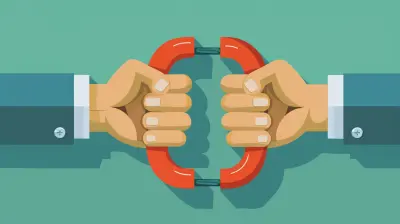The Future of Sustainable Fashion: Challenges and Opportunities
13 July 2025
Sustainable fashion isn't just a buzzword anymore — it's a movement, a necessity, and, quite frankly, the future of the entire fashion industry. But as much as it’s gaining momentum, this green wave of change comes with its fair share of hurdles. So, what's the real deal? Why is sustainable fashion such a big topic now, and where is it heading?
Grab your favorite eco-friendly coffee mug — we’re diving deep into the future of sustainable fashion, breaking down the challenges and opening your eyes to the big opportunities lurking behind the seams.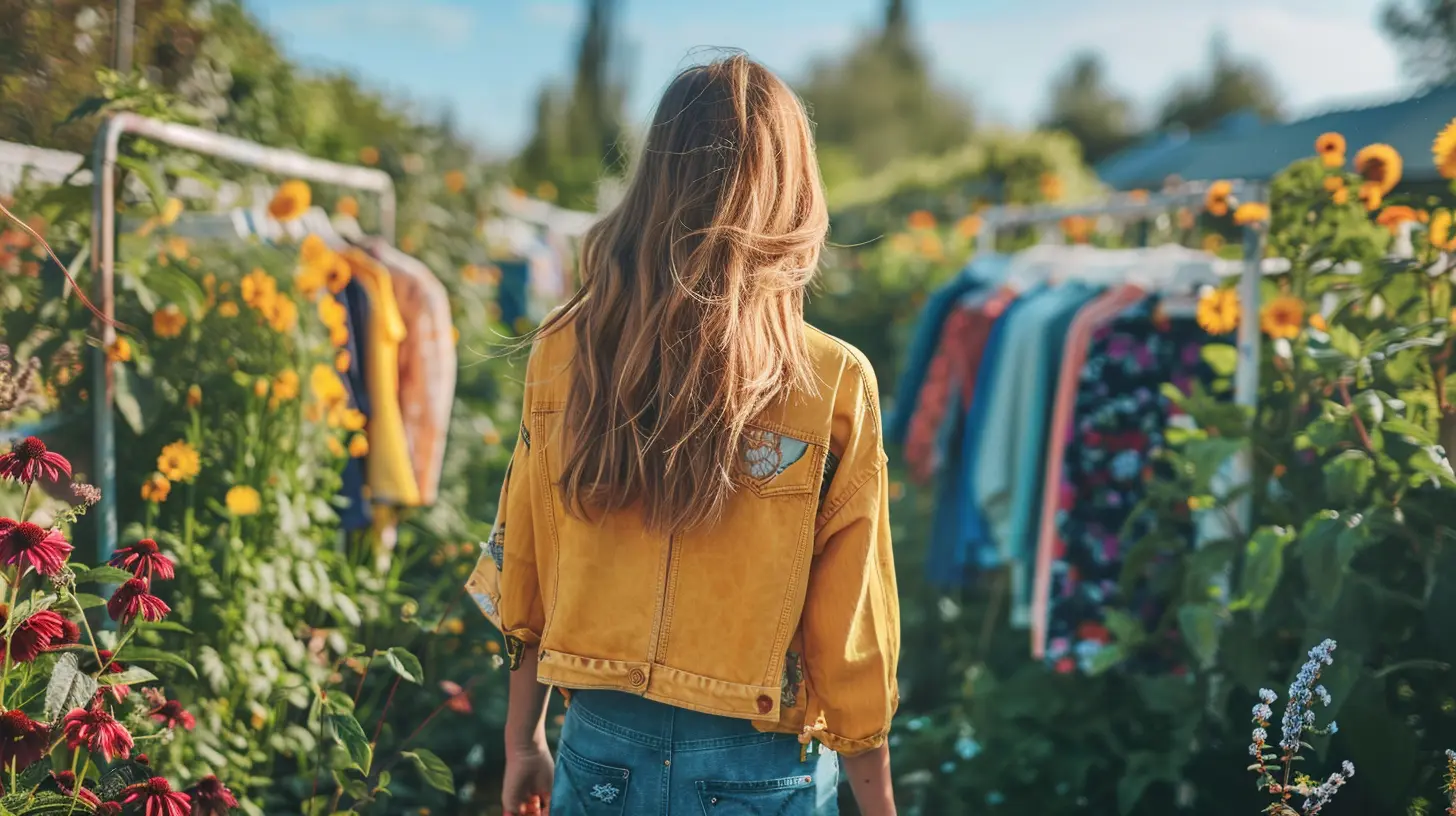
What Is Sustainable Fashion, Really?
Let’s start with the basics. Sustainable fashion is all about producing clothes, shoes, and accessories in ways that are environmentally friendly and socially responsible. We're talking about everything from how the raw materials are sourced to how workers are treated to what happens to your hoodie after you're done with it.But it’s not just about “doing less harm.” True sustainability wants to flip the script — creating a regenerative system where fashion contributes back to the planet rather than just taking from it.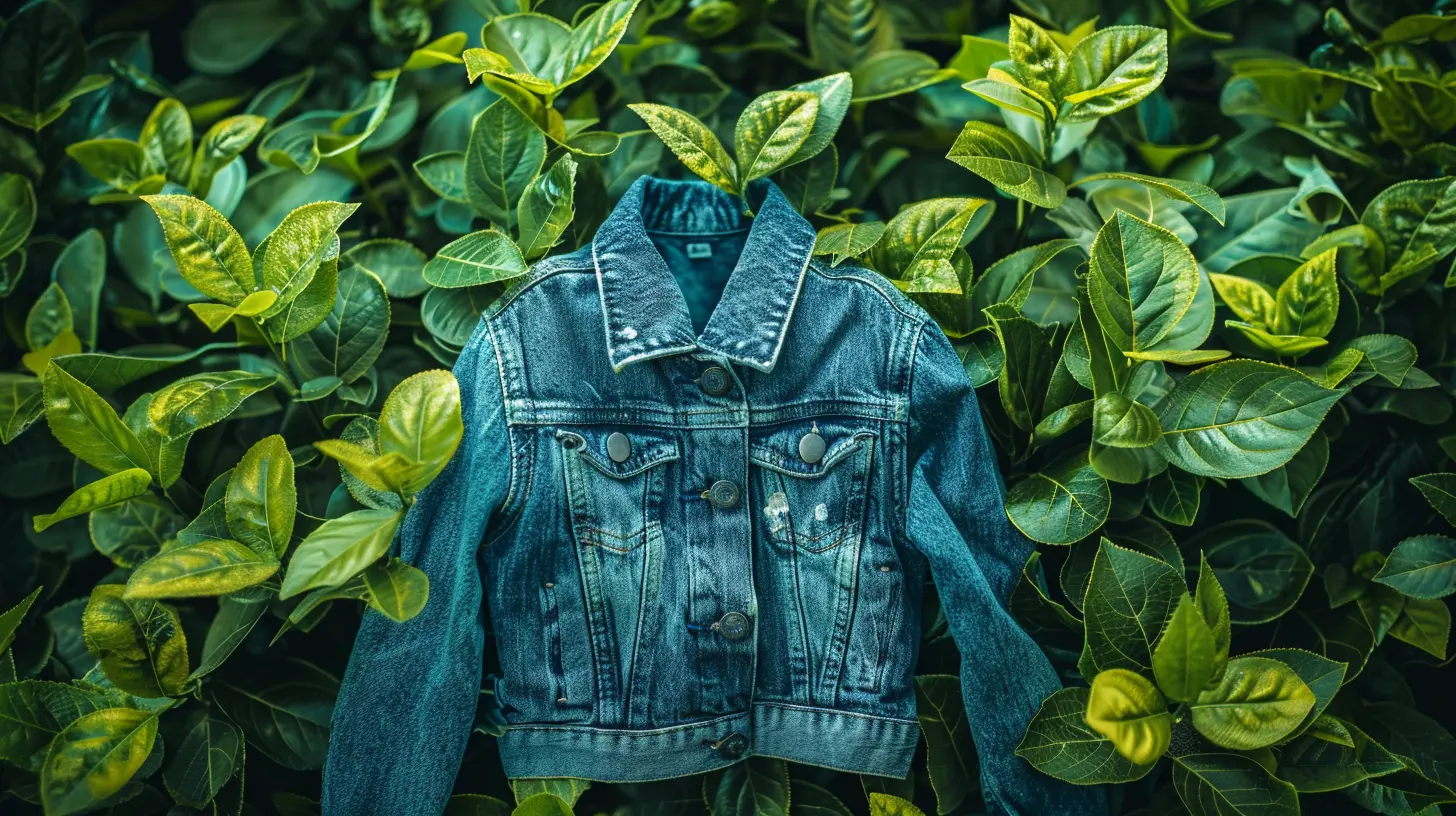
Why Is Sustainable Fashion Gaining Attention?
The fashion industry is the second-largest consumer of the world's water supply — yeah, you heard that right — and it's responsible for 10% of global carbon emissions. That’s more than international flights and maritime shipping combined. Yikes.Social media, documentaries, and an increasingly woke generation are pulling back the curtain on these issues. Consumers aren’t just shopping for style anymore; they’re shopping with a purpose. That shift in mindset is pushing brands to rethink how they operate.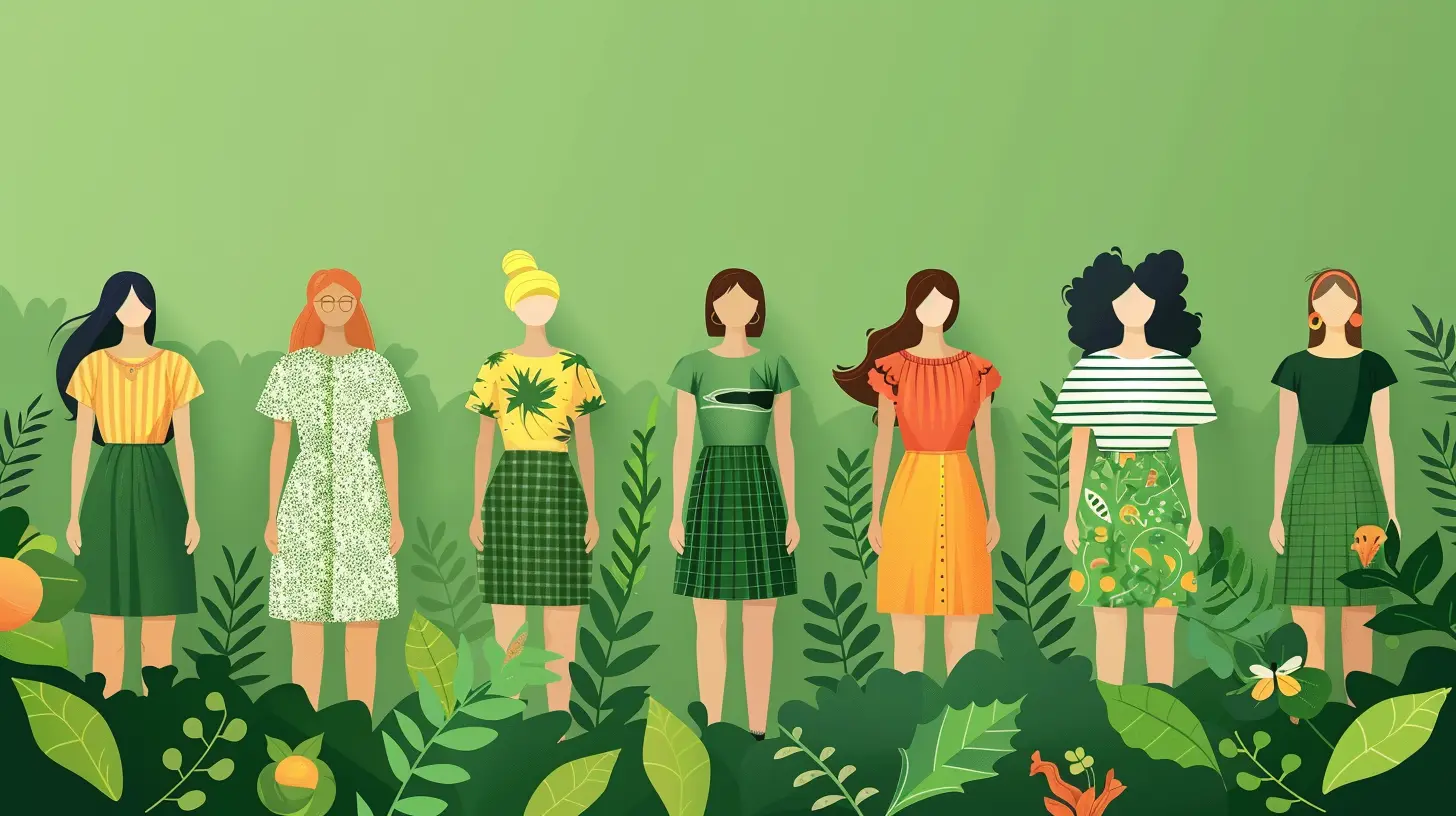
The Current State of Sustainable Fashion
Right now, the sustainable fashion landscape is a bit like a patchwork quilt. Some brands are going all-in with organic cotton and carbon-neutral processes. Others? Not so much.- Fast fashion is still king, dominating sales with quick trends and cheap prices.
- Greenwashing is rampant — companies slap on "eco-friendly" tags without doing the heavy lifting behind the scenes.
- Innovative startups are shaking things up, but scaling solutions is tough.
We’re making progress, but the road ahead is anything but smooth.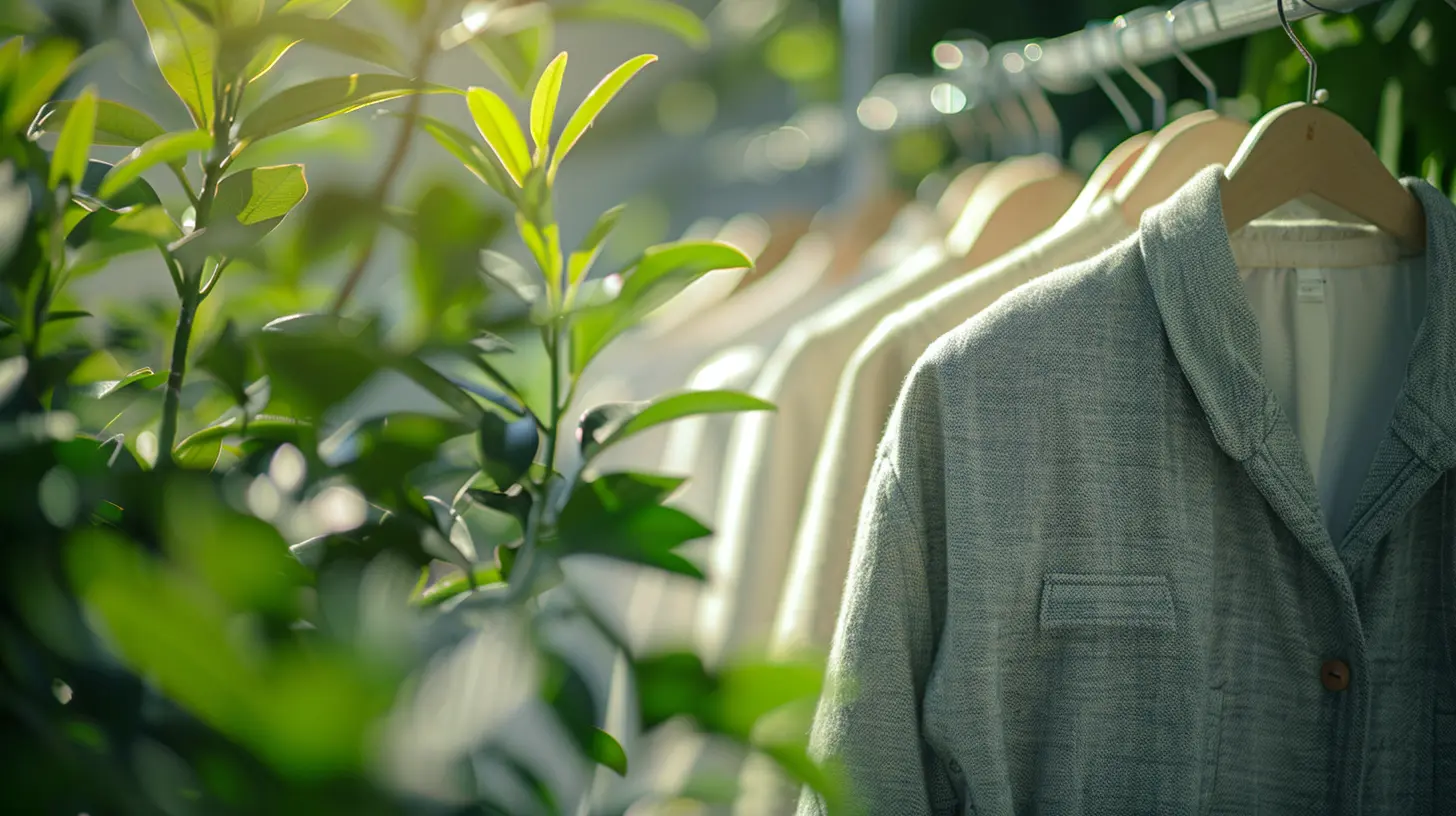
The Main Challenges Facing Sustainable Fashion
Alright, let’s get into the not-so-glamorous side of this transformation. Here are some of the biggest roadblocks.1. High Production Costs
Let’s be real — sustainable materials and ethical labor aren’t cheap. When you're paying people fair wages and using better (often more expensive) textiles, the costs go up. This makes it hard for smaller brands to compete with fast fashion giants pumping out $5 t-shirts.2. Consumer Price Sensitivity
Even if people care about the planet, not everyone can (or wants to) spend $200 on a sustainably made jacket. It’s a tough sell when a similar-looking one is $40 at a chain store.Affordability is a huge barrier to widespread adoption.
3. Limited Access to Sustainable Resources
Not all regions have access to the raw materials or technology needed to produce sustainable fashion. Plus, the infrastructure for sourcing and recycling textiles is still underdeveloped in many places.4. Supply Chain Transparency
Fashion supply chains are notoriously complex. From cotton fields in India to dye houses in Bangladesh to factories in Vietnam — knowing exactly where, how, and by whom a garment was made is a tall order.Ensuring ethical practices across every link in the chain? Even taller.
5. Consumer Education
Let’s be honest — a lot of shoppers still don’t understand what “sustainable” really means. Misleading marketing doesn’t help. And when you’re more worried about what to wear to brunch than a product’s carbon footprint, sustainable choices can take a backseat.Opportunities That Could Transform the Industry
Okay, enough with the doom and gloom. There's a lot of light at the end of this tunnel — and it’s not all solar-powered puns. Let’s talk about where sustainable fashion is headed and the exciting possibilities popping up.1. Innovation in Eco-Friendly Materials
From mushroom leather to fabric made from ocean plastic, the textile world is getting a major glow-up.- Mycelium leather (yes, from mushrooms) is being used by brands like Stella McCartney.
- Recycled PET plastic fibers are turning trash into treasure.
- Tencel and hemp are gaining traction for their low-water, high-yield benefits.
Imagine a future where your t-shirt is made from algae — yeah, that’s not science fiction anymore.
2. Circular Fashion Models
The traditional take-make-waste model is on its way out. Enter the circular economy: clothes designed to be reused, recycled, or composted.- Rental services like Rent the Runway are making high-end fashion more sustainable.
- Second-hand marketplaces like ThredUp and Depop are booming.
- Clothing recycling programs are being adopted by major retailers.
This is a massive shift, and it’s one that supports both sustainability and coolness (because vintage is always in).
3. Digital Fashion and NFTs
Now here’s a mind-bender — digital outfits. No material waste, no shipping, no laundry. Just virtual fashion worn in the metaverse or on Instagram. It might sound ridiculous, but Gen Z is eating it up.NFTs (non-fungible tokens) are also being used to prove authenticity and traceability in clothing. It’s tech-meets-textile in the best way.
4. AI and Sustainability Tech
Artificial intelligence is helping to reduce overproduction by forecasting trends more accurately. That equals fewer clothes wasting away in clearance bins or landfills. Smart sensors and blockchain tech are also adding transparency to the notoriously murky supply chain.5. Shifting Consumer Values
Here’s the good news: people are waking up.- 73% of millennials say they’re willing to pay more for sustainable products.
- Gen Z is pushing for accountability from brands harder than any generation before.
- Influencers and celebrities are endorsing eco-conscious fashion like it’s the next Gucci.
As this shift continues, brands will have no choice but to follow suit — sustainably, of course.
What Can Brands Do Right Now?
If you’re a business or designer looking to get into the sustainability game, here are a few smart moves to make:- Start with small changes — like switching to organic materials or offering take-back schemes.
- Audit your supply chain and make transparency a priority.
- Educate your customers. Use content marketing (like this) to tell your brand’s sustainability story.
- Collaborate with eco-friendly partners — from logistics to packaging.
- Avoid greenwashing. If it’s not genuinely sustainable, don’t pretend it is.
Remember, trust is everything, and in this space, honesty shines brighter than glitter (which, let’s be real, is terrible for the environment anyway).
What Can Consumers Do?
Don’t feel powerless — your choices totally matter.- Buy less, choose well, make it last — a timeless mantra from Vivienne Westwood.
- Support ethical brands that align with your values.
- Thrift like a pro — secondhand shopping is not just sustainable, it’s a style flex.
- Ask questions — Who made your clothes? What’s in them? Do they biodegrade?
- Wash and care wisely — lower temperatures, air drying, and less frequent washing can extend a garment’s life by years.
Fast fashion thrives on impulse. Sustainable fashion thrives on intention.
The Road Ahead: Is a Truly Sustainable Fashion Industry Possible?
In a word: yes. But it’s going to take a collective effort.Governments will need to step in with stronger regulations. Brands will have to innovate and pivot. Consumers must stay conscious and committed. Is it a tall order? Absolutely. But if an industry that thrives on reinvention can’t change, who can?
Think about it — fashion reinvented parachute pants, shoulder pads, and low-rise jeans. Saving the planet? That should be the easy part.
Final Thoughts
The future of sustainable fashion isn’t some far-off dream. It’s already unfolding — in every recycled sneaker, every biodegradable dress, and every consumer who chooses purpose over price.Yes, there are bumps in the road. Big ones. But with the right mix of creativity, responsibility, and a whole lot of passion, the fashion industry can become a force for good.
So, next time you're shopping, think twice: are you dressing for the season, or for the future?
all images in this post were generated using AI tools
Category:
SustainabilityAuthor:

Lily Pacheco
Discussion
rate this article
1 comments
Spike McQuiston
The article astutely highlights the duality of challenges and opportunities in sustainable fashion. While the industry grapples with supply chain transparency and consumer awareness, it also stands to benefit from technological innovations and a growing demographic committed to ethical choices. This dynamic landscape presents a pivotal moment for transformative change.
July 21, 2025 at 5:03 AM

Lily Pacheco
Thank you for your insightful comment! You’ve captured the essence of the article perfectly—balancing the challenges with the promising opportunities in sustainable fashion.

